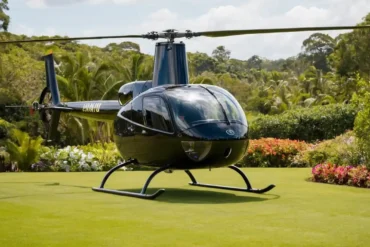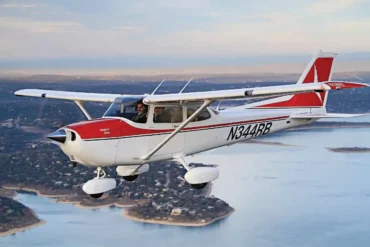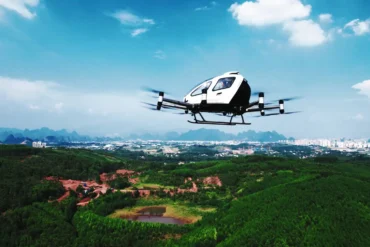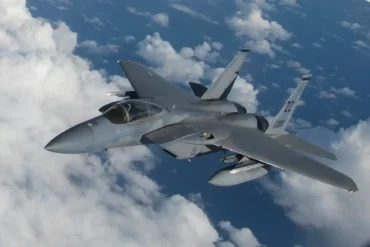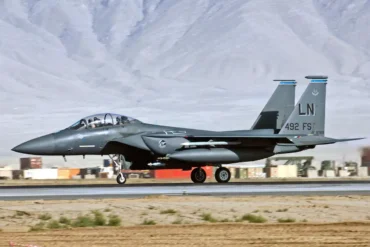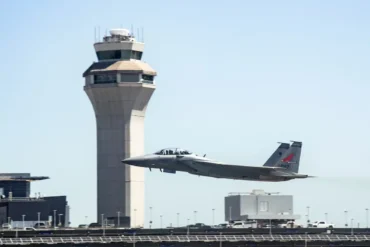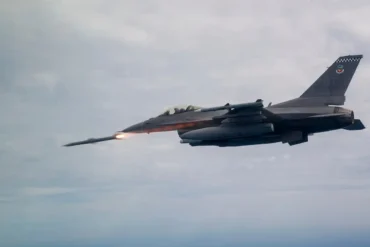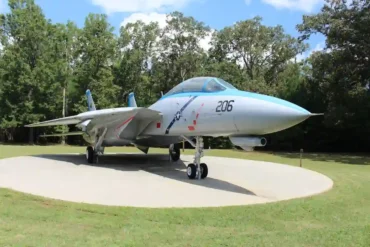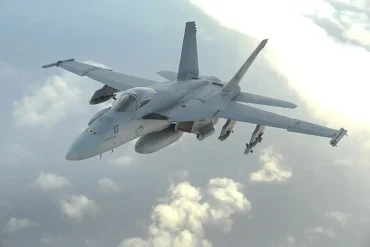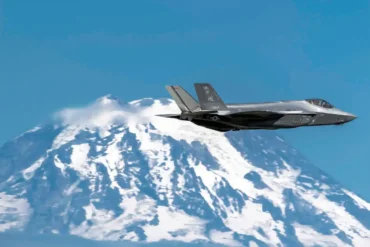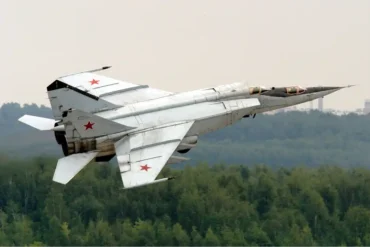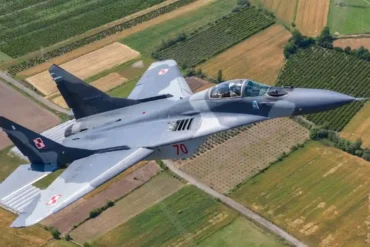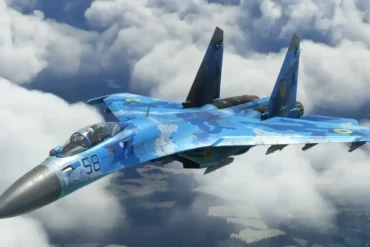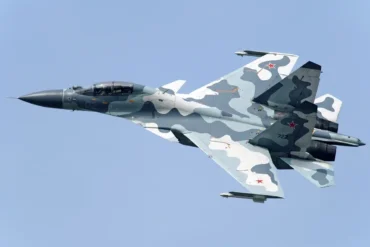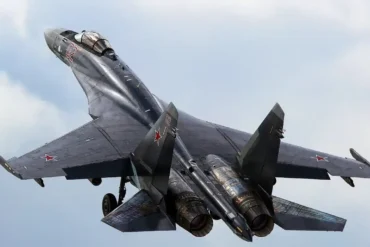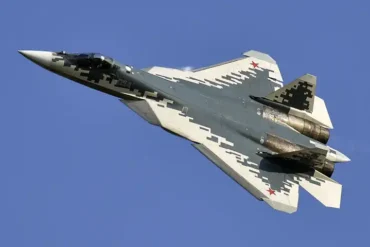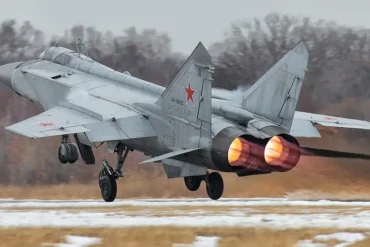The F-22 Raptor, a premier fighter jet developed by Lockheed Martin and Boeing, has set the gold standard for air dominance. Renowned for its stealth capabilities, supercruise performance, and unmatched maneuverability, the F-22 is often considered the most advanced fighter aircraft ever built. However, its price tag reflects this cutting-edge technology. In this article, we will dive into the cost of the F-22 Raptor, breaking down its production costs, maintenance expenses, and various factors influencing its overall financial investment.
Overview of the F-22 Raptor
Before we delve into the cost specifics, it’s essential to understand why the F-22 Raptor is considered a game-changing aircraft. Developed to provide air superiority and ensure dominance in contested environments, the F-22 excels in both air-to-air and air-to-ground missions. Equipped with advanced avionics, stealth features, and high-performance engines, it is a vital asset for the U.S. Air Force.
Key Specifications of the F-22 Raptor
- Manufacturer: Lockheed Martin, Boeing
- Wingspan: 44 feet, 6 inches (13.6 meters)
- Length: 62 feet, 1 inch (18.9 meters)
- Height: 16 feet, 8 inches (5.1 meters)
- Weight: 43,340 pounds (19,700 kilograms)
- Maximum Takeoff Weight: 83,500 pounds (38,000 kilograms)
- Fuel Capacity: 18,000 pounds internally; 26,000 pounds with external fuel tanks
- Range: Over 1,850 miles (1,600 nautical miles) with two external fuel tanks
- Top Speed: Mach 2.25 (1,500 mph at altitude, 1,482 km/h at sea level)
- Climb Rate: 60,000 feet per minute (18,288 meters per minute)
- Radar: AN/APG-77 AESA radar with a range of up to 250 miles
Why Is the F-22 So Expensive?
Development and Production Costs
The unit cost of an F-22 Raptor is a staggering $143 million. This price tag includes not only the aircraft’s advanced engineering and cutting-edge technology but also the high development costs associated with its creation. The F-22 program began in the early 1980s, and after nearly two decades of research, testing, and engineering, the aircraft was introduced into service in 2005.
A significant portion of the aircraft’s cost is attributed to the R&D phase, where innovative technologies such as stealth and supercruise were developed. These technologies had never been integrated into a single platform at such a scale before, demanding extensive investment and expertise.
Materials and Construction
The F-22 Raptor uses a combination of advanced composites, titanium, and stealth materials. These materials, while providing critical performance benefits, are both rare and expensive to procure. The manufacturing process is highly precise, requiring specialized equipment and facilities to ensure the structural integrity and low radar signature of the aircraft.
Additionally, the F-22’s two-dimensional thrust vectoring nozzles and Pratt & Whitney F119-PW-100 turbofan engines represent some of the most advanced propulsion technologies in the world. These engines alone contribute significantly to the overall cost of the aircraft.
Ongoing Maintenance and Operational Costs
While the initial cost of an F-22 is substantial, the ongoing maintenance and operational costs add another layer of financial complexity. Due to the complexity of its systems and advanced technologies, the F-22 demands higher-than-average maintenance costs when compared to other fighter jets.
Maintenance and Servicing
The F-22 requires frequent and specialized maintenance checks to keep it in operational condition. Its stealth coating needs regular upkeep to maintain its radar-absorbing properties, and components such as the engines and avionics must be routinely calibrated and serviced. The highly specialized nature of these services means that only a limited number of facilities are capable of maintaining the F-22, which increases the cost and turnaround times for repairs.
Additionally, each aircraft is equipped with advanced avionics systems, including the AN/APG-77 AESA radar, which requires regular updates and calibrations to ensure operational readiness. This contributes to high long-term costs for maintaining the F-22 fleet.
Fuel and Operating Hours
The F-22 has an operating cost per flight hour of about $44,000. This is largely due to the high fuel consumption of the aircraft, especially during high-speed operations or supercruise maneuvers. The jet’s dual-engine configuration also contributes to this elevated operational cost. When combined with the costs of training pilots, support personnel, and ground operations, the total cost of each mission becomes quite significant.
Why Does the U.S. Air Force Continue to Invest in the F-22?
Despite the high initial cost and maintenance requirements, the F-22 Raptor remains an essential asset for the U.S. Air Force. There are several reasons why the Air Force continues to invest in the F-22, including its unmatched performance and strategic value.
Air Superiority and Stealth Technology
The F-22 was specifically designed to provide air superiority in contested environments. With its stealth design, the F-22 can operate in enemy airspace without being detected by radar, giving it a distinct advantage over adversaries. The aircraft’s supercruise capability allows it to fly at supersonic speeds without using afterburners, which not only conserves fuel but also makes it harder to detect.
Unmatched Maneuverability and Speed
The F-22’s performance capabilities are unparalleled. With a top speed of Mach 2.25 (1,500 mph) and a climb rate of 60,000 feet per minute, the F-22 is capable of evading enemy threats and engaging targets at long ranges. This performance allows the F-22 to provide air superiority in a variety of combat scenarios, whether in air-to-air combat or intercepting threats.
Versatility and Multi-Role Capability
The F-22 is not just an air superiority fighter; it is also capable of air-to-ground missions. This multi-role flexibility allows it to conduct a wide range of operations, from intelligence gathering to precision strikes. As the U.S. Air Force focuses on enhancing its global reach and operational capabilities, the F-22’s versatility continues to make it a critical component of the force.
The F-22 Raptor’s Cost vs. Comparable Aircraft
When compared to other next-generation fighters, the F-22’s $143 million price tag may seem steep, but it is important to consider its unique capabilities. For example, the F-35 Lightning II, another aircraft in the U.S. Air Force’s fleet, costs approximately $80 million per unit but is not as specialized in air superiority. The F-15EX, a more traditional fighter jet, comes in at around $87 million per unit but lacks the stealth and supercruise performance of the F-22.
While these aircraft offer certain capabilities, the F-22 Raptor’s cost is justified by its unmatched performance in terms of stealth, agility, and speed, which makes it a strategic asset that cannot be easily replaced by any other fighter aircraft in the world.
Conclusion
The cost of the F-22 Raptor reflects its state-of-the-art technology and the significant investment required to maintain the U.S. Air Force’s air superiority. At $143 million per unit, the F-22 stands as a monumental achievement in aviation engineering. While its operational costs remain high, the capabilities it provides in terms of stealth, maneuverability, and versatility are indispensable for maintaining dominance in modern air warfare. Despite its high price tag, the F-22 Raptor remains a cornerstone of U.S. defense strategy, proving that, in the world of cutting-edge military aviation, performance often comes at a premium.

